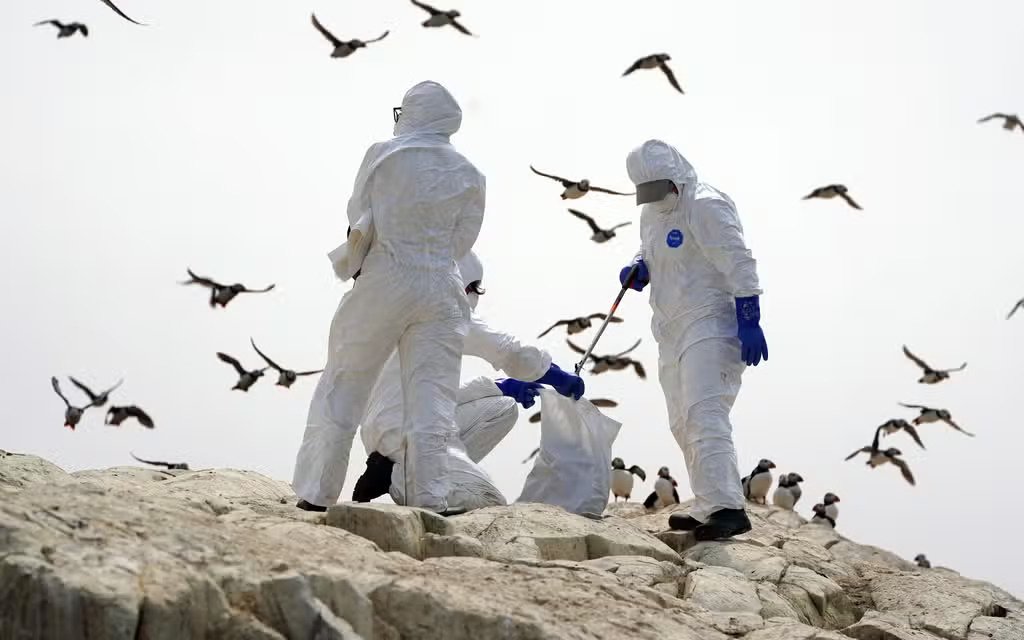[ad_1]
The H5N1 bird flu virus has rapidly spread among wild birds and marine mammals in South America since 2022, posing an increased risk of evolving into a threat to humans. Scientists have observed evidence of mammal-to-mammal transmission, with reported deaths of dolphins, seals, sea lions, and birds. This strain has affected various bird species, including migratory ones, potentially spreading beyond the region.
The virus’s spread is exacerbated by climate change, which forces animals into new territories, increasing interactions and opportunities for mutation. The Pan American Health Organization (PAHO) is convening to address the growing concern, aiming to establish a regional commission for monitoring and response efforts. While human cases have been limited, with two reported instances linked to exposure to infected birds, the potential for human-to-human transmission remains low pending further evidence.
Efforts are underway to develop vaccines for human protection, with drugmakers such as GSK and Moderna leveraging existing flu vaccine production capabilities. Scientists are closely monitoring genetic mutations of the virus in South America, identifying new mutations linked to mass mortality events among wildlife.
The region faces challenges in disease surveillance due to limited resources and patchy data, prompting the need for standardized protocols and collaborative efforts across government agencies. The establishment of a regional commission aims to address these challenges and enhance preparedness for potential transmission to humans.
In summary, the rapid spread of the H5N1 bird flu virus in South America underscores the importance of proactive surveillance, collaboration, and research to mitigate the risk of a larger outbreak.
[ad_2]

